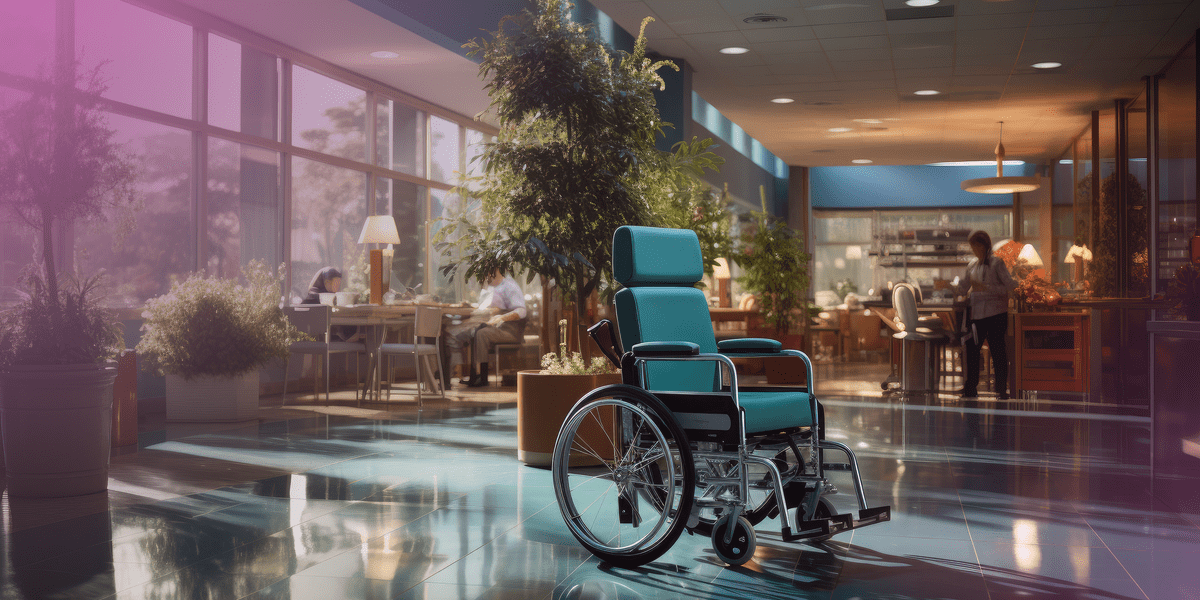
To ensure accessible and sustainable homes in the future, the housing sector must change.
We need to embrace progressive practices where sustainability guides development, the residents’ needs shape the renting experience, and affordability takes centre stage.
There’s one sector that’s championing these aims: Build to Rent (BTR).
Designed to address the concerns of today’s housing crisis, BTR proposes a mutually beneficial model – good for property developers, communities and the planet.
To understand this emerging sector, our team attended the 2022 Build to Rent conference run by the Property Council of Australia. Here are our key takeaways, as well as the opportunities it presents for developers and communities.
But first, what is Build to Rent?
BTR is a relatively new model of urban housing in which properties are owned and managed by a single entity, and then rented out over a lease period of up to three years.
For some BTR developments, there is the option (but not obligation) for the renter to purchase the dwelling at the end of the lease.
This innovative model creates positive social impact by offering tenants greater housing security, implementing environmentally sensitive design and sustainable initiatives, and instilling a much-needed sense of community in urban milieus.
A growing sector that needs greater support.
From three Build to Rent developers in 2017 to over 15 in 2022, Build to Rent developments are on the rise in Australia. In the last two years especially, this sector has seen exponential growth, with Melbourne securing the majority of projects.
But what are the factors driving this growth?
The rise of Build to Rent apartments can be attributed to influences such as:
- The generational shift in renting versus buying among families and young people
- Lack of housing affordability, with house prices rising by 24.5% in 2021
- The social generation, valuing authenticity and connection in living
- The normalisation of the sharing economy (think Uber and Airbnb)
- Widespread adoption of automation
Interestingly, Melbourne and Victoria have the potential to become the BTR capital of Australia – and potentially, the world.
Yet to achieve this, Build to Rent homes need more financial backing, particularly from major investment funds such as Australian super funds.
The Senior Investment Director, Development at Australian Super, Fiona Dunster, said Australian Super is looking into making a more long-term, large-scale investment in the BTR sector.
“We’re closely watching leading Australian companies in the BTR space, and seeing how they’re delivering on their promises,” Fiona said.
The peak body for the BTR sector, the Property Council, is in conversations with the government about building the capacity of Built to Rent developments. They are also working to create more specific guidelines for the sector, needed to achieve a policy reform.
Build to Rent – and built for residents.
From the ownership structure to the location of residents to the services on offer, with BTR, there is no universal model.
As Angela Buckley, the General Manager of Mirvac’s Built to Rent’s LIV apartments, said: “With Built to Rent, the customer has the opportunity to co-create their own experiences.”
That’s because Build to Rent communities are created around residents’ needs. They’re designed and priced for the customer, and what they want.
This, in turn, is forging a new housing system altogether – one in which safety, belonging and individuality are at the heart of the rental experience.
Sustainability is certain in Build to Rent.
Environmentally sensitive design and sustainable initiatives are at the forefront of Build to Rent projects. In fact, BTR could help provide sustainability to the housing market at scale.
That’s because all BTR projects are evaluated by the National Australian Built Environment Rating System (NABERS), a national rating system that measures the environmental performance of Australian buildings and tenancies.
Unlike some other rating systems, NABERS doesn’t incentivise luxury amenities and instead only rates the sustainability of common areas and outside amenities.
Plus, NABER’s rating system follows best practice in terms of energy efficiency, water usage, waste management, the indoor environment quality of a building or tenancy, and its impact on the environment.
However, the next step for BTR is finding a system that considers other common spaces in the building such as staircases. This will recognise the effort of the Build to Rent model to be more sustainable, while also placing pressure on traditional developments to include more environmental measures.
Helping curb the housing affordability crisis.
With housing prices rising exponentially, BTR projects pose a solution to the lack of affordable housing.
Eligible BTR properties will receive a 50% reduction in land value for land tax purposes. On top of this, Build to Rent developments will receive an exemption from foreign investor duty and land tax surcharges. Capital injections from institutions will also help support affordable living.
Build to rent communities are also appealing from a renter’s perspective, as renters can lock in their price at the beginning of the lease – avoiding annual surges.
What’s next for Build to Rent in Australia.
As the BTR sector matures this year, 2022 will be the most pivotal time for consumers to enter the Build to Rent market.
Melbourne, in particular, has the potential to become the BTR capital. Yet to achieve this, investors need to feel secure that the Build to Rent model works and has the potential to be scaled. Once this is affirmed, large investments will flow in – with large organisations such as Australian Super keeping a close eye on these developments.
With the expansion of BTR, we will see exciting opportunities for both communities and developers to co-create a solution that is fair for people, the planet and profit.
How we can support the sector.
At Ellis Jones, we’re here to support purpose-led business. That looks like strategic planning, business modelling, branding, go to market strategies and marketing.
Every day, across our work, we reach and move people who share the BTR values of accessibility, equity, and sustainability. In doing so, we create shared value: economic, social and environmental – for companies and their customers.

